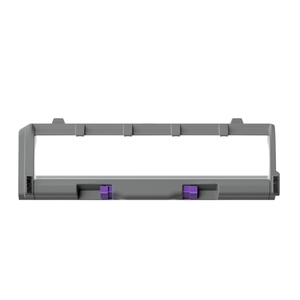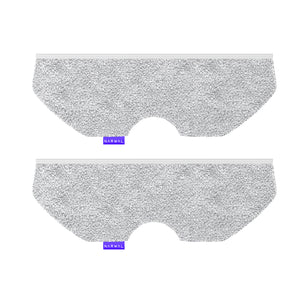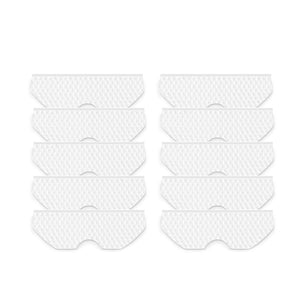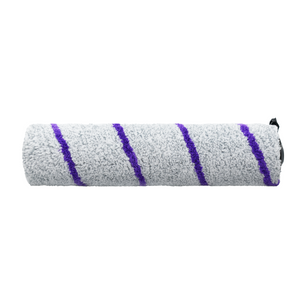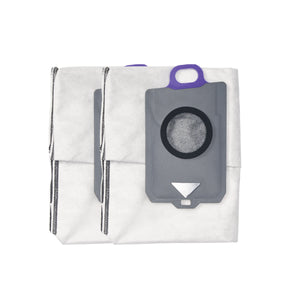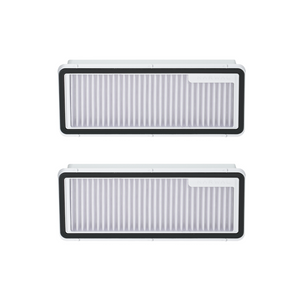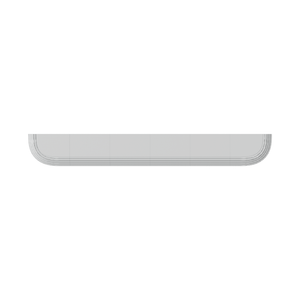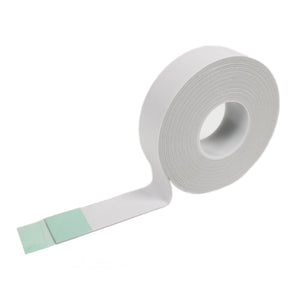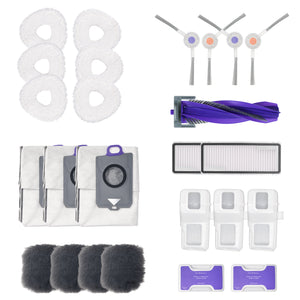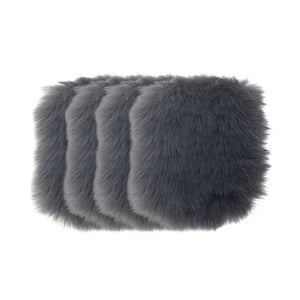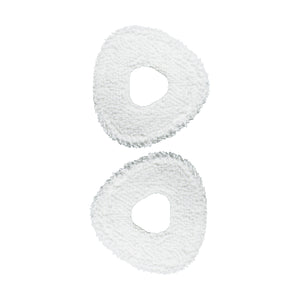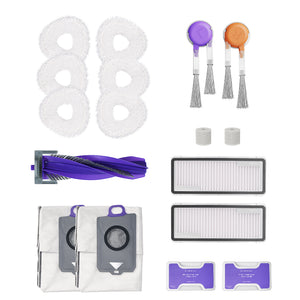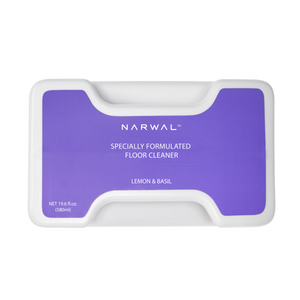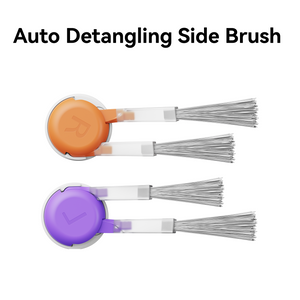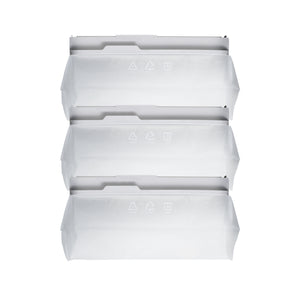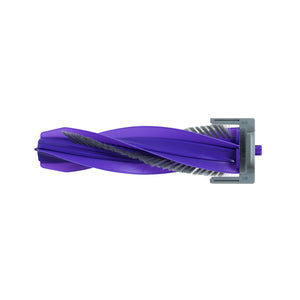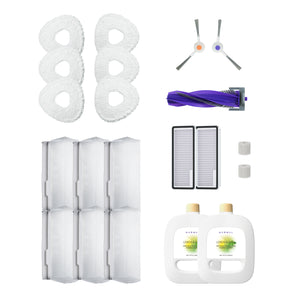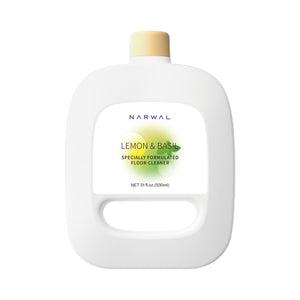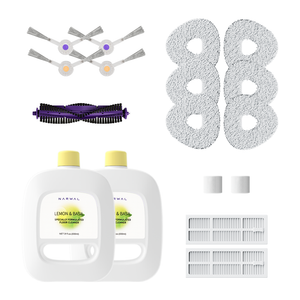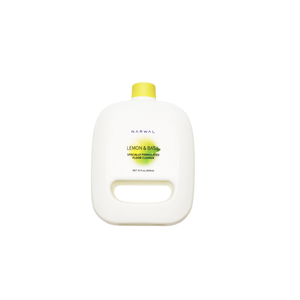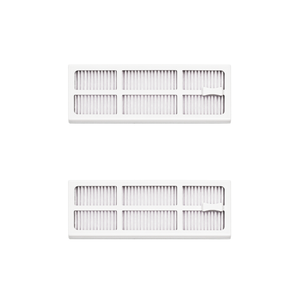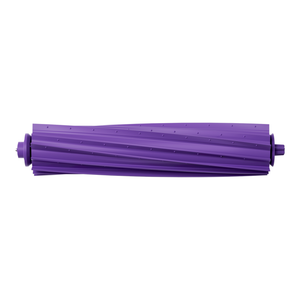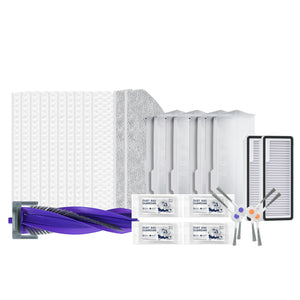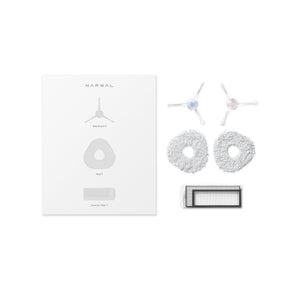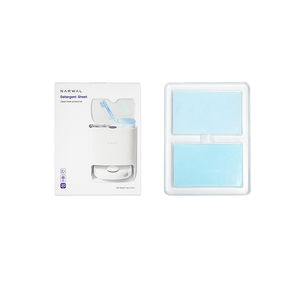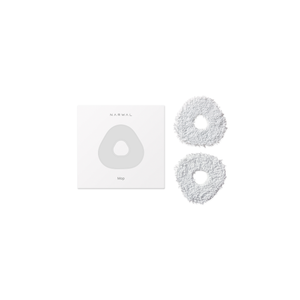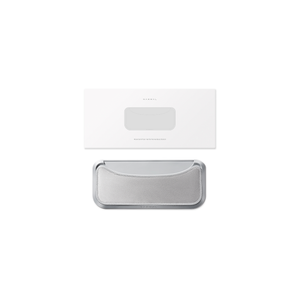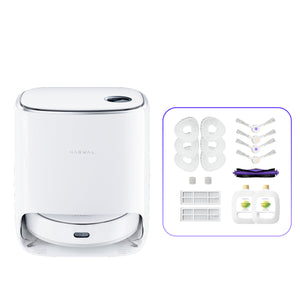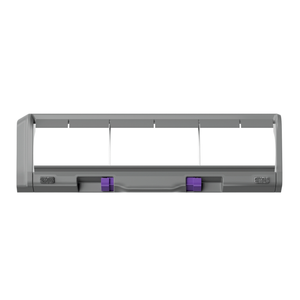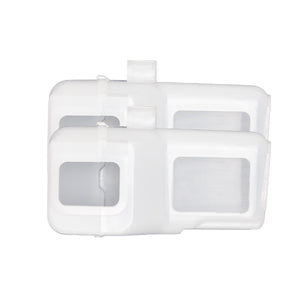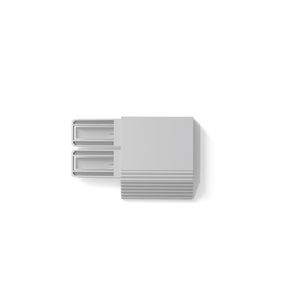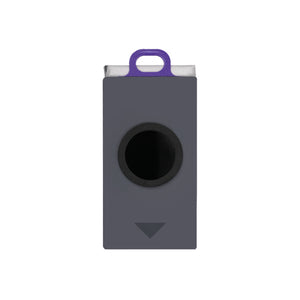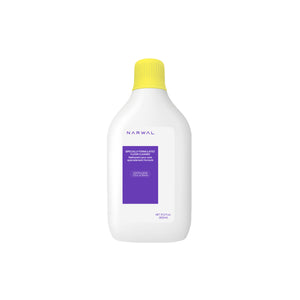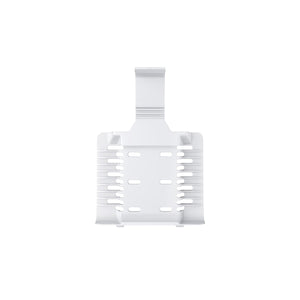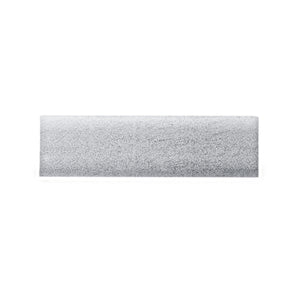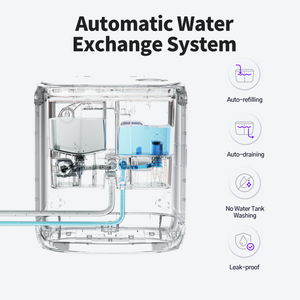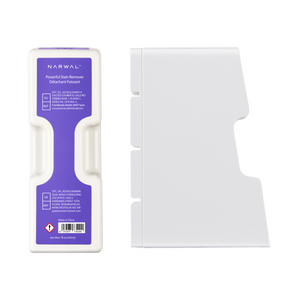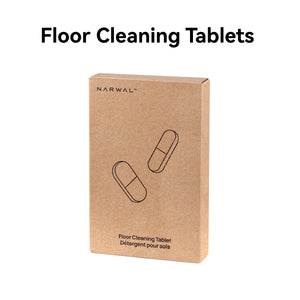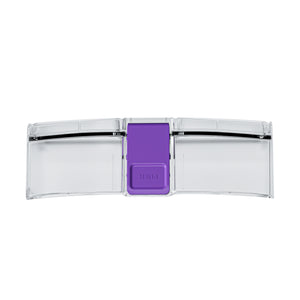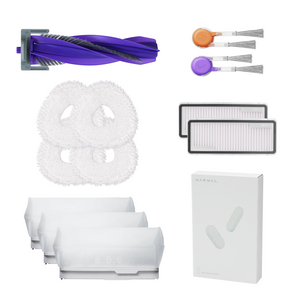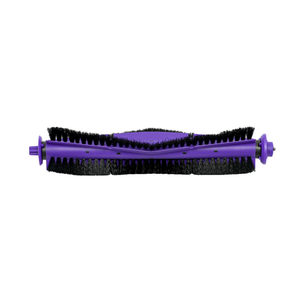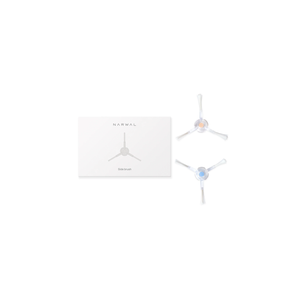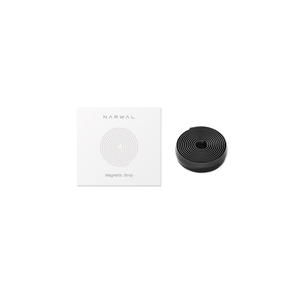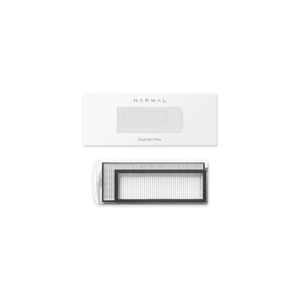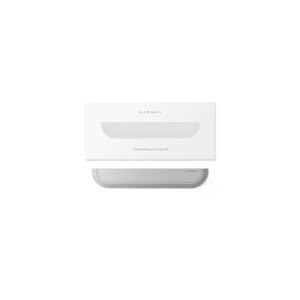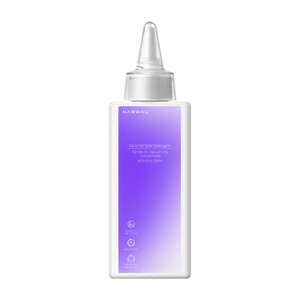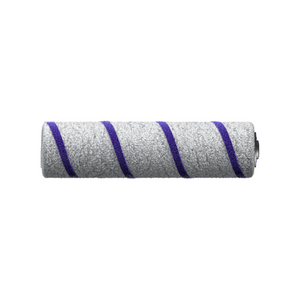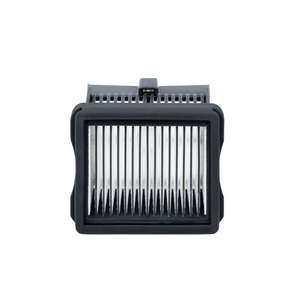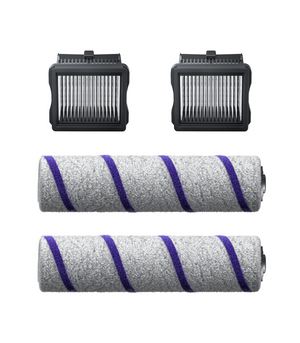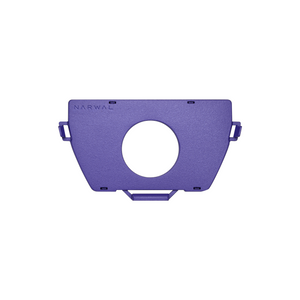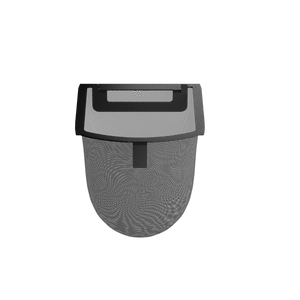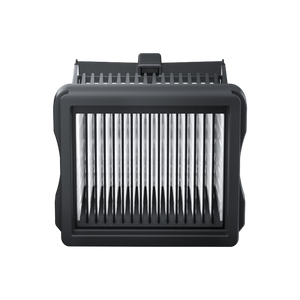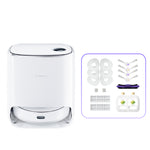If your vacuum starts blowing dust back into the air instead of picking it up, you're likely dealing with a blocked airflow, a full bin, or a loose connection. In some cases, it could be a broken belt, motor issue, or even the wrong mode setting. These problems are more common than you think, and most can be fixed without professional help.
In this guide, we’ll walk you through the most frequent causes and how to troubleshoot each one. Then we’ll show you five simple habits to prevent it from happening again. Whether you're using a standard vacuum or a smart robot model, these steps will help you clean more effectively and avoid future frustration.
Why Is My Vacuum Spitting Stuff Back Out?
When a vacuum spits out dust, it's usually due to airflow disruption or improper setup. This section walks you through the most common causes, starting from simple fixes to more advanced issues. Each one includes clear steps to help you troubleshoot and restore your vacuum's performance.
If you're using a robot vacuum, avoid forcing open or tampering with sealed or non-removable parts, as this may damage sensitive internal components.
The Dust Container Is Full or Missing
A full or missing dust container is one of the most common and easily overlooked reasons your vacuum spits dust back out. When the bin is too full, airflow gets restricted, and the vacuum can no longer pull in debris. In some cases, if the container isn’t installed correctly, dust may leak out from loose gaps.
Solution:
-
Empty the dust container after every use, even if it looks only partially full. Rinse the container if dust sticks to the walls, then dry it fully.
-
Make sure the container clicks or locks firmly into place before turning the vacuum on.
- Check for cracks or damage around the bin seal that could cause leaks.
Filters or Hoses Are Blocked
When your vacuum suddenly starts blowing dust, a clogged filter or hose is often the culprit. Dust, pet hair, and debris can build up inside the airflow path, reducing suction and forcing the machine to push air—and dust—back out.
Solution:
-
Disconnect the hose and check for visible blockages. Use a broom handle or flexible tool to push clogs through.
-
Remove and rinse washable filters with warm water. Let them dry completely before reinstalling.
- If your vacuum uses replaceable filters, check the manufacturer’s guidelines and replace them on schedule.
Seals or Connections Are Loose or Damaged
If parts of your vacuum aren’t tightly connected, air can escape through small gaps instead of flowing through the intended suction path. Worn-out seals or loosely attached hoses often lead to dust leakage or weak suction.
Solution:
-
Inspect connection points between the hose, dust container, and filter housing. Make sure each part is securely locked in.
-
Check for cracked rubber seals or warped plastic around the openings. Even small wear can cause air leaks.
- Replace damaged seals or connectors if seals are cracked or rubber rings feel brittle, order replacements
The Vacuum Is Set to the Wrong Mode
Some vacuums, especially shop vacs or multifunction models, come with both suction and blower modes. If the mode is accidentally switched, your vacuum may push air out instead of pulling debris in. This can happen easily after cleaning or adjusting attachments.
Solution:
-
Check your vacuum's control panel or dial to confirm it is set to suction mode, not blower mode
-
Look for mode labels near the hose ports. Some vacuums require the hose to be moved to a different outlet when switching functions
- If you are unsure, refer to your user manual or look up the model online for mode instructions
The Drive Belt Is Twisted or Broken
A damaged or misaligned drive belt affects how the vacuum’s brush roller spins. If the belt is twisted, loose, or broken, the roller may stop turning properly. This disrupts the airflow and can cause debris to scatter or blow back out instead of being collected.
Solution:
-
Unplug the vacuum and remove the bottom plate to access the belt and brush roller.
-
Check if the belt is in place, has tension, and turns smoothly with the roller.
-
If the belt looks worn, stretched, or snapped, replace it with a compatible new one.
- After replacement, ensure the belt is aligned and reassemble the vacuum tightly.
The Motor Is Reversed or Malfunctioning
In rare cases, the motor itself may be the issue. If the motor is wired incorrectly or starts to reverse airflow due to internal damage, your vacuum could blow dust out instead of pulling it in. This is more likely to happen after a DIY repair or with older machines showing signs of wear.
Solution:
-
If your vacuum was recently serviced or disassembled, double-check motor wiring and direction.
-
Watch for signs of overheating, loud noises, or burning smells—these often point to motor failure.
- For most users, motor issues are not safe or practical to fix at home. Contact a certified technician or the manufacturer’s service center.
How to Prevent Vacuum Dust Spitting in the Future?

To prevent your vacuum from spitting out dust again, you need to maintain clear airflow and keep all components properly sealed and functioning. Simple habits like emptying the dust bin regularly and using the correct mode can make a big difference.
In this section, we’ll cover five practical ways to stop the problem before it starts, including how often to clean filters, what to check during maintenance, and when it might be time to upgrade to a smarter vacuum that handles these issues for you.
Clean and Empty the Dust Bin Regularly
Empty the dust bin after every use, even if it looks only half full. Built-up debris can block airflow and force dust back out during operation. Wipe the bin interior weekly to remove fine dust that clings to the walls.
This simple routine keeps suction strong and prevents pressure buildup inside the vacuum.
Replace or Clean Filters on Schedule
Check your vacuum’s filters at least once a month and clean or replace them as needed. Clogged filters restrict airflow, reduce suction, and can cause dust to blow back out. If the filter is washable, rinse it with water and let it dry completely before reinstalling. For disposable filters, follow the replacement timeline in your manual.
A clean filter is essential for smooth operation and effective dust capture.
Check Seals and Fittings During Maintenance
During routine checks, press firmly on all connection points to ensure nothing feels loose. Look for worn rubber seals, cracked plastic, or uneven gaps between parts. Even small air leaks can cause dust to escape or reduce suction. Replacing damaged seals early prevents bigger issues later.
Use the Right Mode for Each Cleaning Task
Before starting, confirm the vacuum is set to suction mode, not blower or wash. Multi-function vacuums often have different ports or toggles, and using the wrong one can reverse airflow. Always match the mode to the task to avoid pushing dust around instead of removing it.
Consider Upgrading to a Smarter Vacuum
Narwal smart vacuums are designed to prevent dust leakage by default. They use sealed HEPA filtration systems that trap fine particles securely, so nothing escapes back into the air. Instead of requiring you to empty the bin after every session, Narwal compresses dust into a high-pressure storage unit, making cleanup less frequent and far more hygienic.
If maintenance feels like a constant chore, upgrading to a smarter system can make the problem disappear.

FAQs About Vacuums Blowing Dust
Why Is My Shop Vac Blowing Dust Out?
Your shop vac is likely in blower mode or missing a proper filter.
Shop vacs often have a dual function for suction and blowing. If the hose is attached to the wrong port or the internal filter is missing or damaged, dust can blow straight out the exhaust. Always check the hose placement and install the correct filter before use.
Why Does My Vacuum Leave Stuff Behind When I Turn It Off?
If your vacuum stops picking up debris before shutting down, it may be due to low suction or a full bin.
Weak airflow, blocked brushes, or a full dust container can cause debris to stay on the floor even when the vacuum is running. Before assuming it is broken, inspect the bin, clean the filters, and check that the brushes are turning properly.
Why Does the Air Coming Out of My Vacuum Smell?
Bad smells usually come from dirty filters, old dust, or trapped moisture inside the vacuum.
Over time, hair, dirt, and even mold can build up in the filter or hose. Clean washable parts with water and let them dry completely. If the smell doesn’t go away, replace the filter and wipe down the dust bin to remove lingering residue.
Why Does My Vacuum Keep Getting Clogged?
Clogs happen when large debris or long hair gets stuck in the hose, roller, or filter.
To prevent this, avoid vacuuming things like string, wet dirt, or food scraps. Clean the brush regularly and check the hose for buildup. Using your vacuum for the right tasks helps it last longer and keeps the airflow clear. Sometimes, switching to a robot vacuum designed to resist hair tangles can be a smarter and easier solution.

Stop Vacuum Dust Blowback with Smarter Cleaning Habits
Fixing a vacuum that spits out dust starts with understanding how airflow works and where it can fail. Most issues come down to simple things: a full bin, a clogged filter, or a loose seal. These are easy to check and even easier to prevent with regular upkeep. Once you build the habit, your vacuum runs better, lasts longer, and leaves less mess behind.
But if you’re still dealing with the same problems again and again, it might not be you—it might be your machine.
Narwal smart vacuums use sealed HEPA filtration and high-pressure dust compression to prevent leaks and reduce maintenance. You no longer need to empty the bin after every use or worry about fine dust escaping into your home.
You deserve a vacuum that works with you, not against you. Let Narwal make cleaning one less thing to fix.














